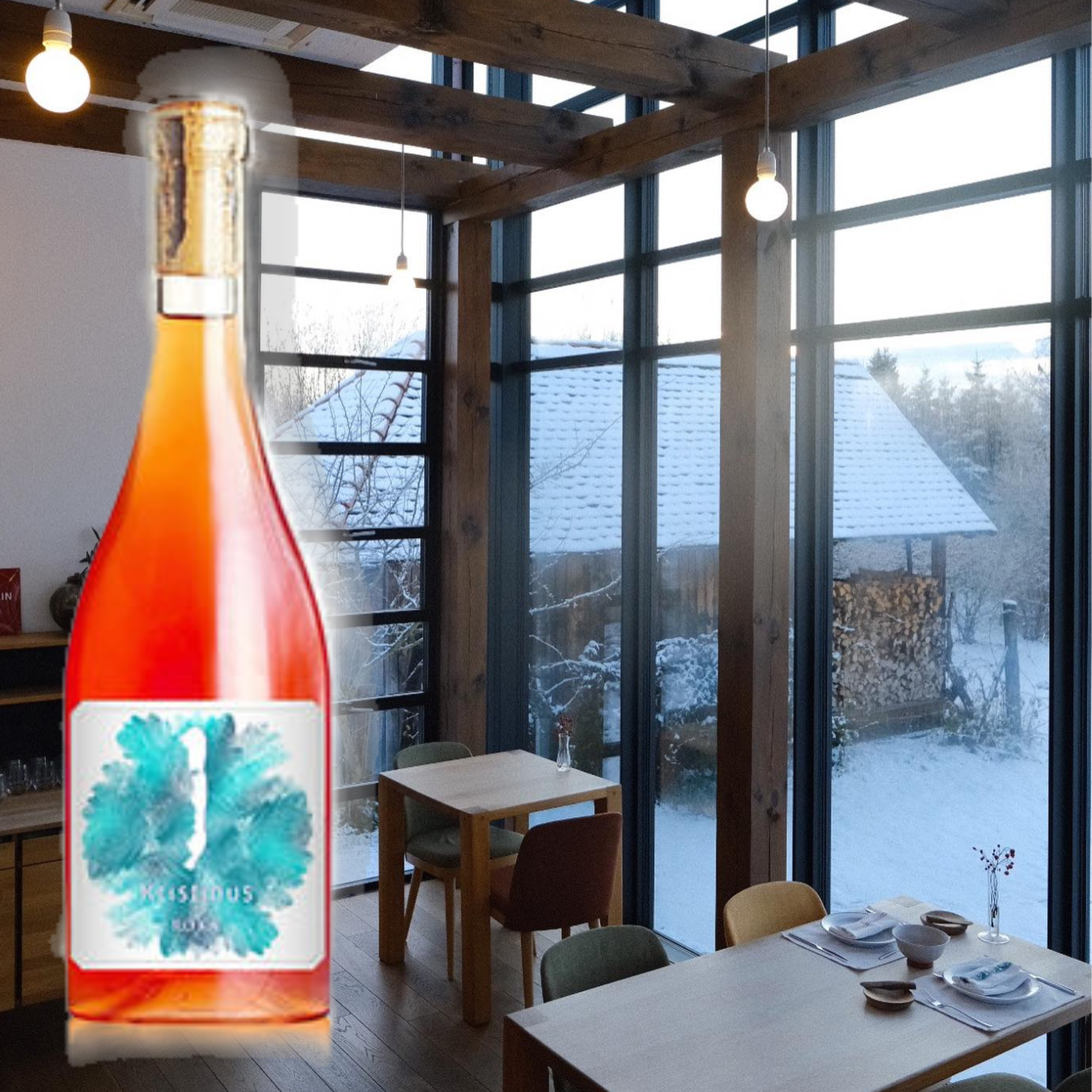Culinary heaven in the farthest corner of Hungary
Champion sommelier, TV star chef, amazing success story – this is Pajta (‘The Shed’), a bistro restaurant, where you won’t have a chance to have lunch without reservation. And the location? Pajta is not in the busy centre of Budapest, not at the tourist spot Lake Balaton, but in a tiny village at the far west part of the country.
Őrség, the land of peace
I was born in the western part of the country and spent my childhood in the small town of Körmend. We often went on school excursions to Őriszentpéter, a unique village, where rural life can still be seen untouched. The skansen of Szalafő nearby is a must visit place, and recently more and more artists, actors, famous personalities have chosen this land to be their new, quiet home. Indeed: the hills and valleys, the little houses, the green pastures and vivacious forests have nothing dramatic, but have a lot to smooth our souls. Őrség (something like ‘guard’, ‘guarding’), the name of the region and National Park comes from the strategic location: the region is near the Slovenian and Austrian border. Őriszentpéter (about ‘Guard Saint Peter) is the rentre of this region famous for pumpkin seed oil, porcini and other mushrooms.
This where Flóra and Feri founded their bistro. They started this new career without much experience, but more enthusiasm. The kitchen relies on local producers, small growers and seasonal products.
From Barcelona to Far Far Away
I am a bit ashamed: I haven’t been to Pajta yet and I hadn’t even heard of it until recently. I left my hometown long ago, I haven’t been to Őrség for ages (but writing these lines I long to be there). The other day I was watching TV at my mother-in-law’s place, it was a Masterchef episode. My mother-in-law told me that one of the jury members, Richárd Farkas had been chosen the Young Chef Talent of the Year the previous year (Dining Guide magazine). Indeed it is a shame that my attention is caught by a TV programme I never normally watch it, but that is the truth. Soon I searched about this young, modest chef guy and it turned out that after some experiences in Budapest and Barcelona (the Michelin starred Hoya Santa), Richárd accepted the challenge to be the chef at the end of the world.
Success takes time
Now you need a reservation to find a table even on weekdays. How long did it take to achieve this fame? “Eight years” – says Gábor Cseke, the sommelier of Pajta. These times, when people spend their holiday within the country, a great lunch or dinner has a more special value than it had earlier.
Gábor Cseke is a sommelier champion of Hungary, I was lucky enough to see him contesting in Hungary and also at the ASI Sommelier Championship in Alsace, years ago. In character he has a lot in common with the chef: ambitious, talented, highly intelligent but at the same time he is very modest. As for the wine selection Gábor explained: “We are not located in a wine region, thus we keep wines from almost every Hungarian regions. If we were part of a wine producing place, we would offer only local wines, but this is not our case.” The only foreign wines of Pajta come from the neighbouring Slovenia and Austria. The wine list is not huge, Gábor prefers selling only 40–50 wines, but changing the selection frequently and offering most of the wines by the glass as well. Organic wines are also preferred and Gábor tries to select wines made in limited quantity, in majority by small family wineries.
Food and wine pairing
Recalling the flavours of my childdhood memories and thinking of my more recent wine memories, I can think of some great food and wine matches from the menu and wine list of Pajta. The ” trout • polenta • fennel • nasturtium” starter is fresh and complex, it needs a similarly complex wine. Kaláka wines in Tokaj are made by an ex-wine writer, László Alkonyi. I appreciate his wines as much as I used to appreciate his articles. Kaláka 2017 from Tállya (Tokaj) is exciting, layered, unique. As for main course, “pork tenderloin • grated pasta • ratatouille • pickles” is again complex and spicy, still light and refreshing – I would taste a Pinot Noir 2019 from Frigyes Bott. Elegant and excitingly ornamented wine reflecting the beautiful face of the variety. And if you want something ample, I would recommend “wild boar • celery • pine • porcini” with the magnificent Infusio 2017 in magnum, the flagship wine of Pannonhalma Archabbey Winery.
These were my choices, but of course, a sommelier champion has different ideas.
Gábor Cseke agreed on my first food and wine pairing, but for the two main courses he would also try wines made of Hungarian varieties. With the “pork tenderloin • grated pasta • ratatouille • pickles” Gábor recommends a Bussay wine made of a very rare variety called Csókaszőlő. The wine is spicy – slightly resembles of Kadarka –, exciting, vivacious, ideal with the ratatouille garnished meat. With the “wild boar • celery • pine • porcini” the sommelier again has a wine made of indigenous grapes: Bikavér, the famous Eger blend produced by Tamás Pók. The main point: whatever wines you prefer, international or indigenous, you will be in good hands…
(Written by Ágnes Németh)
Comments ( 13 )
-
Trackback: เซ็กซี่บาคาร่า
-
Trackback: เว็บพนันบอล ดีที่สุด pantip
-
Trackback: โบรกเกอร์ Forex
-
Trackback: ร้านอุปกรณ์การแพทย์อุดร
-
Trackback: visit the site
-
Trackback: เกม 3D
-
Trackback: Devops consulting company
-
Trackback: EV Charger
-
Trackback: พัดลมหลังคา
-
Trackback: หวยใต้ดิน ต่างจาก หวยออนไลน์ อย่างไร
-
Trackback: faw99 สล็อต
Comments are closed.







Trackback: Microdose mushroom chocolate bars